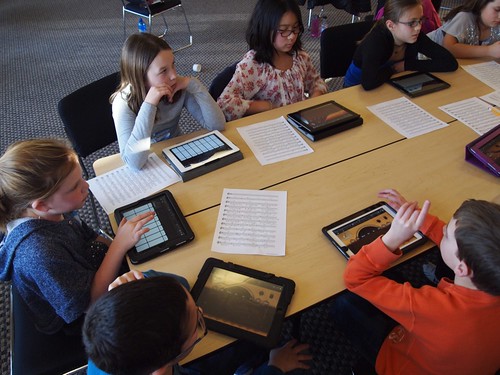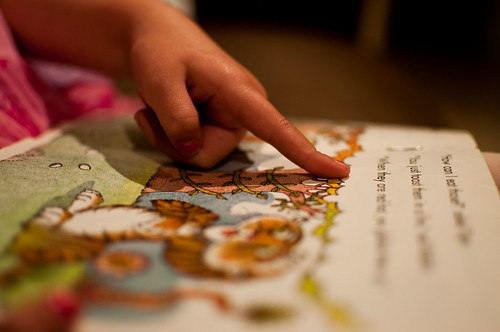Digital Badge # E - Chapter 7
In chapter 7, there is a section named “Problem Solving
and Inquiry Learning with Technology”, this section talks about the process
and steps for problem solving and inquiry learning. The section talk s about using and exploring
real documents and data in order for the student to solve situations that have
or could happen in real life. Problem
solving by these means helps the student be engaged and interested and can be
used for various grade levels. This
section goes on to discuss the steps involved in this means of problem solving.
The steps are: Understanding the problem, using problem-solving strategies, and
checking the results. The section goes
on to discuss problem solving with computer and the usefulness of using a
computer to see if they have problem solved correctly and if not the computer the
student how to approach a problem and how to strategize in order to solve
problems and using technology to aid and guide to student and not necessarily
just give the answer without first going through the problem solving steps.
The next section called Selection and Evaluation of
Software and Apps, talks about the selecting of quality and appropriate
software. This section talks about one
way to identify appropriate software is to be able to recognize poor
software. The section list the way to
identify poor software: the computer dictates the activity, there is
competition, stereotyping and violence, and quick responses are rewarded over
thinking and problem-solving. The section
goes on to state that the best software incorporate active engagement,
understanding of concepts, feedback and support. The section does not mention this means of
evaluation of software, but rubric could he an additional means of evaluation
and teachers should always get approval for these programs and software if
found to be acceptable.
The section Types of Problem-Solving and Inquiry-learning
Software, is interesting because it discusses composing and calculating
software, building, inventing and creating software, visual-thinking and
concept-mapping software and the tools that can all be valuable resources for
the teacher and students. This section
talks about the schools expectation of efficiency and proficiency in learning
the curriculum set for the student and how these programs and software can be a
valuable asset to students especially with today expectations placed on
students and the expectation for each student to have an understanding and
grasp on technology. Also different
software types are and can be more appropriate and useful to students of
different learning styles and can also aid the teacher in reaching students who
have special learning styles.
This chapter is interesting and informative and shows
examples of the vast amount of resources students and teachers have access to
when technology, programs and or software are incorporated into the lesson and
curriculum. Truly it is a benefit for
students to be knowledgeable of the technologies trending and to keep up with
these technologies because as adults they will be expected to use and excel at
these technologies. And for those of us
who are not as efficient as we would like to be with technology we need to make
a point to learn more because technology it is only becoming more and more part
of our “Real-World” life, so embrace it or be left behind.
Resources:
Maloy,
R. W., Verock-O'Loughlin, R., Edwards, S. A., & Woolf, B. P. (2014).
Transforming learning with new technologies (2nd ed.). Boston, MA: Pearson
Education, Inc.



